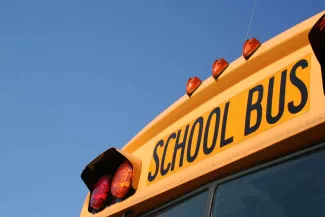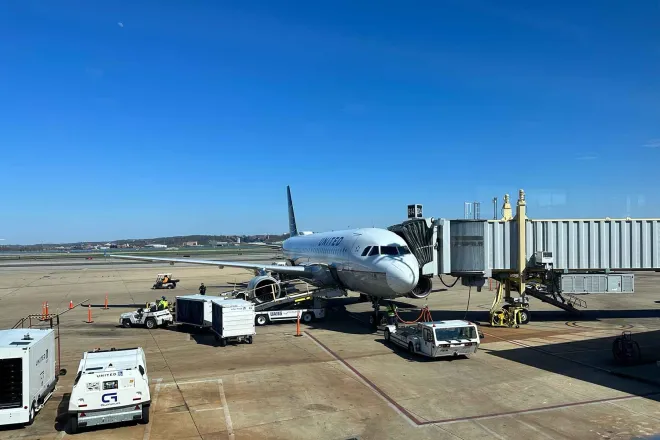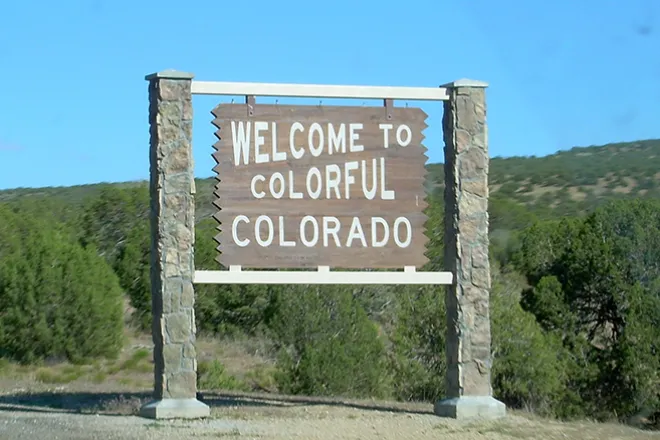
Colorado's K-12 schools wrestle with declining enrollment
© monkeybusinessimages - iStock-684060608
Falling birth rates have caused declining enrollment and school closures in Colorado, according to a new Common Sense Institute report.
When the current school year ends, Denver Public Schools is set to close seven schools and partially restructure three others, affecting thousands of students, the CSI said.
“This outcome is primarily the result of falling birth and fertility rates — a demographic trend affecting not only the Denver region but the entire state of Colorado,” said the report.
In Douglas and Jefferson counties, several schools have closed because of falling enrollment.

© iStock - aceshot
The closures are part of a statewide demographic trend. Colorado has seen a 25.1 percent reduction in its general fertility rate since 2020, according to the CSI. It's the third largest decline in the U.S.
And Colorado’s birth rate has been declining since 2005 and at a faster pace than the national average since 2011, the report said.
By 2030, Colorado is expected to lose more than 15,000 children under age 18.
The Denver Public Schools district alone expects to lose about 6,338 students by 2028, which is 8 percent of its current enrollment of 85,000 students, the CSI said.
“As families have fewer children and migration patterns shift, school districts across the state are grappling with under-enrolled campuses, strained budgets, and difficult decisions regarding school consolidations and closures,” according to the CSI.
The problem goes beyond being simply a demographic trend, CSI Executive Director Kelly Caufield said in a news release. Caufield described the statistics as a signal that major shifts are under way in planning for education, workforce development and regional economic sustainability.
“These projections show a narrowing pipeline of students, and by extension, future workers," Caufield said. "That means schools, communities and policymakers need to start planning now.”
Some of the biggest decreases are expected in the southwestern part of the state, according to the Colorado State Demography Office. Counties with the lowest birth rates vary from San Juan, with 1.3 births per 1,000 individuals, to Hinsdale, with 5.6 births per 1,000 people.
“These figures are significantly below the state average and highlight a deepening demographic contraction in rural and frontier communities — trends that carry long-term implications for school sustainability, local labor markets and regional economic development,” the report said.

















